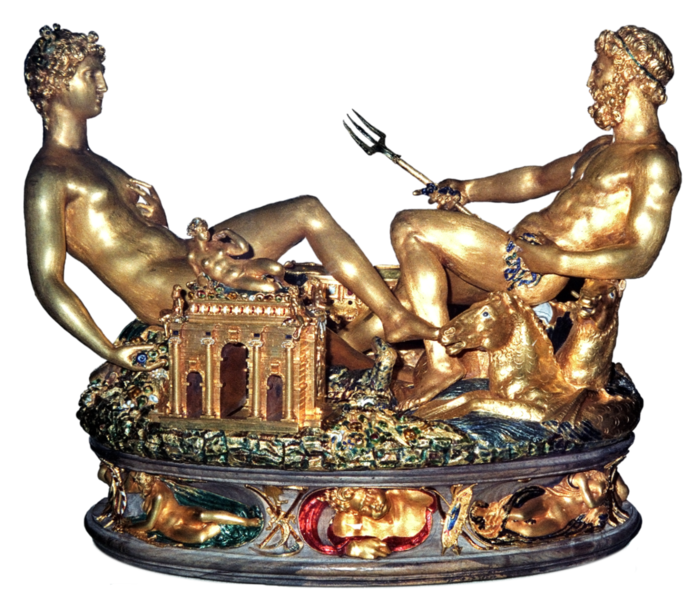The odd thing about this dispute and the Today segment in particular are the insistence on painting the controversy in terms of pirates and buried treasure and other romantic ideas. The reality of underwater heritage is far mor nuanced and important.
A few excerpts:
“The ship is the history and national patrimony of Spain, not a site that may be covertly stripped of valuables to sell to collectors. Odyssey was well aware that it is off limits,” said Spain’s American attorney in the case, James Goold.Odyssey, a publicly held company that is a leader in deep-sea archaeology and treasure recovery, found the vast trove on a 2007 expedition in what it says are international waters off Portugal and the Straits of Gibraltar. The coins were spread over an area the size of several football fields at the bottom of the ocean.
After filling a chartered Boeing 757 with the coins and shipping them to Florida, Odyssey returned to the area to further investigate the site. There they were boarded by a Spanish warship, and the ship and crew were held for several days in a Spanish port.
Stemm concedes that the treasure may have been that carried by the Mercedes, but said that the identity of the vessel has not been established. One difficulty in doing that is that the Mercedes was hit in its powder magazine during the battle and blew up, leaving little actual wreckage at the bottom of the ocean.Even if it was the Mercedes, Stemm said, that still does not automatically mean that Spain has sole claim to the treasure. Odyssey has argued in court that the Mercedes was carrying the treasure under contract with the merchants who owned it, and as such was acting as a merchant ship and not a warship.“The Mercedes, if it was the Mercedes, was carrying a merchant cargo,” Stemm said. “While governments can take a sovereign immune warship and say that nobody can salvage it, they can’t say that you can’t salvage goods on behalf of merchants. In fact, we have the descendants of a lot of the merchants that had goods aboard the Mercedes that have come into court and said, ‘We think Odyssey should salvage these goods for us.’ ”“And remember, there is not even a shipwreck there,” Stemm added. “This is like several football fields of just coins, scattered out over the bottom.”Stemm says that the original expedition was to an area where his company believed a number of ships had sunk over the years. He said Odyssey notified the Spanish government of its intentions to search the area.“When we went out to look in this general area, we thought there might be some Spanish shipwrecks,” he told Curry. “We actually invited the Spanish government to send archaeologists along. They just never got back to us.”Goold has told other news outlets that Spain did respond to the invitation, telling Stemm, “Sunken ships are cultural heritage. Spain does not do commercial deals. It's national patrimony.”






